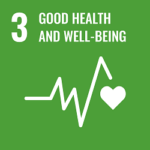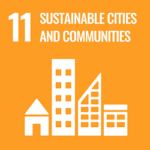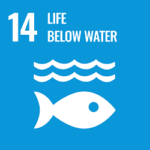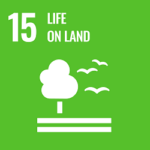Biodiversity net gain on campus and beyond
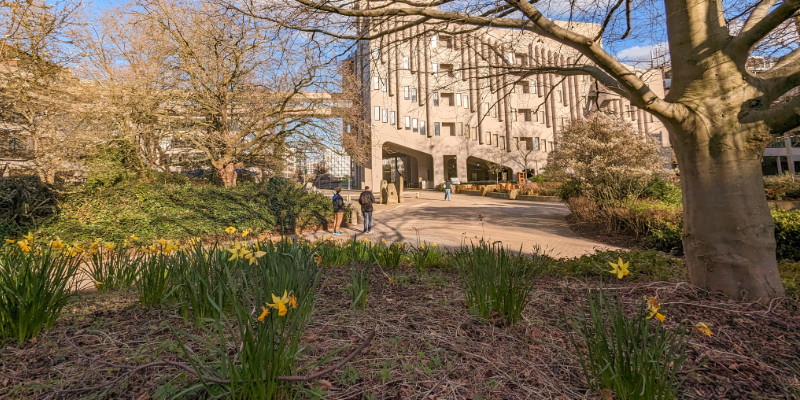
Michael Howroyd, biodiversity lead for the University of Leeds, shares an update on the new Biodiversity Net Gain legislation, and what it means for us at the University of Leeds.
The increased need for housing and development has contributed to worrying damage to biodiversity, bringing many species globally to the point of ecological collapse. The biodiversity crisis sits alongside other crises such as climate change, and needs us to take urgent action.
There is also a link between natural ecosystems and other things including climate and public health. In 2021, the total annual value of ecosystem services – a term used to describe the benefits that the natural environment provides for us - was recorded as being worth £47 billion in the UK alone. It is estimated that 1.3 million tonnes of air pollution was removed by nature in 2021.
It is clear that as well as the direct impact on biodiversity, damaging natural ecosystems can also damage public health – and likewise restoring natural systems can have a positive impact on health.
The Environment Act and Biodiversity Net Gain
In 2021, legislators created the Environment Act. This act recognises the need to improve air and water quality, protect wildlife and reduce plastic waste. A key part of this was that all planning permissions granted in England (with a few exemptions such as very small sites) will have to deliver at least 10% biodiversity net gain.
Biodiversity net gain (sometimes referred to as BNG) is an approach to development, land and marine management that aims to leave biodiversity in a measurably better state than before the development took place.
The requirement to deliver biodiversity net gain became mandatory for most sites from 12 February 2024. Under the new rules, most developments will need to deliver a minimum of 10% improvement in biodiversity - in addition to any existing habitat protections. An important element of this is that the additional biodiversity benefits must also be protected for 30 years after the development.
The additional biodiversity value should be on the site, or as close to the development as possible and means that developers will have to consider the future of a site in a way never done before, and take responsibility for ensuring that new habitats can thrive. This means that there will be more and better-quality places for wildlife to live and thrive and for people to enjoy!
How is Biodiversity Net Gain measured?
Biodiversity is measured using a tool called the ‘Biodiversity Metric’. This metric took over 10 years to develop and is designed to give a measurable value to biodiversity by using four key factors: habitat size, condition, distinctiveness and location. From this, it is possible to clearly define what biodiversity currently exists on a site, and what an additional 10% target should look like, long before a spade even hits the ground!
This also means planning officials can determine whether projects should be allowed to proceed and if they do proceed, gives an auditable way to ensure the targets are met.
How does this affect the University?
Like any other landowner, the University is also required to follow this legislation. The University have always tried to be ahead of the game in terms of biodiversity and have been working to a ‘net gain’ approach for many years, identifying opportunities to boost biodiversity with initiatives including changing mowing regimes, planting wildflower meadows, creating hedgerows and dead wood habitats. We also use our campus as a Living Lab to explore new ways of managing our spaces, such as the floating islands on Roger Stevens pond.
This doesn’t mean that we’re complacent – far from it! We see the biodiversity metric as a valuable tool to help us go even further. As part of our approach to improving biodiversity, we are baselining all of our sites using the biodiversity metric so that we can better quantify the value that we already have, and set an ambitious goal for improvement. So far we have carried out biodiversity mapping of our main city campus, and we are working on expanding this to other university owned sites.
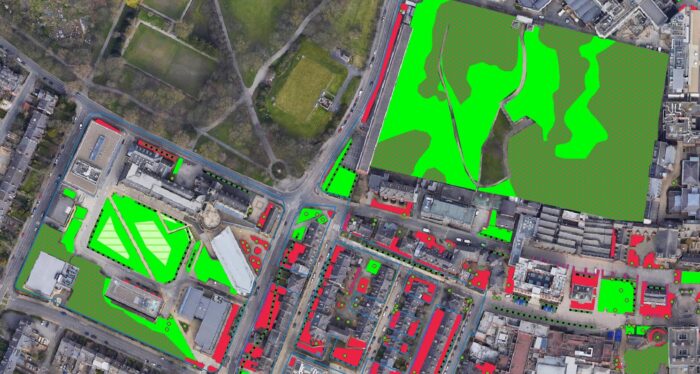
Excerpt from University of Leeds campus habitat map.
To support this we are also reviewing our biodiversity standard to make sure we put people at the heart of the work, creating site-specific action plans, creating new learning, teaching and research opportunities and enhancing our activities and engagement.
I want to help, what can I do?
There are lots of ways to get involved in biodiversity on campus - not least by spending some time exploring and enjoying it! Check out the host of events we have to offer, including Wildlife Wanders, biodiversity monitoring programme and litter picks. We also offer volunteering opportunities on campus and beyond, including a soon to be launched bat monitoring group.
If you’re a member of staff, you may wish to get more involved in our staff sustainability architect programme or become a biodiversity volunteer. If you’re a student, you could apply to be a student sustainability architect (applications open in Summer).
United Nations Sustainable Development Goals
We use the United Nations Sustainable Development Goals (SDGs) as a framework to guide our activity. Our work on biodiversity is linked to the following SDGs:
- Goal 3: Good health and well-being
- Goal 11: Sustainable cities and communities
- Goal 14: Life below water
- Goal 15: Life on land
Find out more about our impact on the SDGs.
